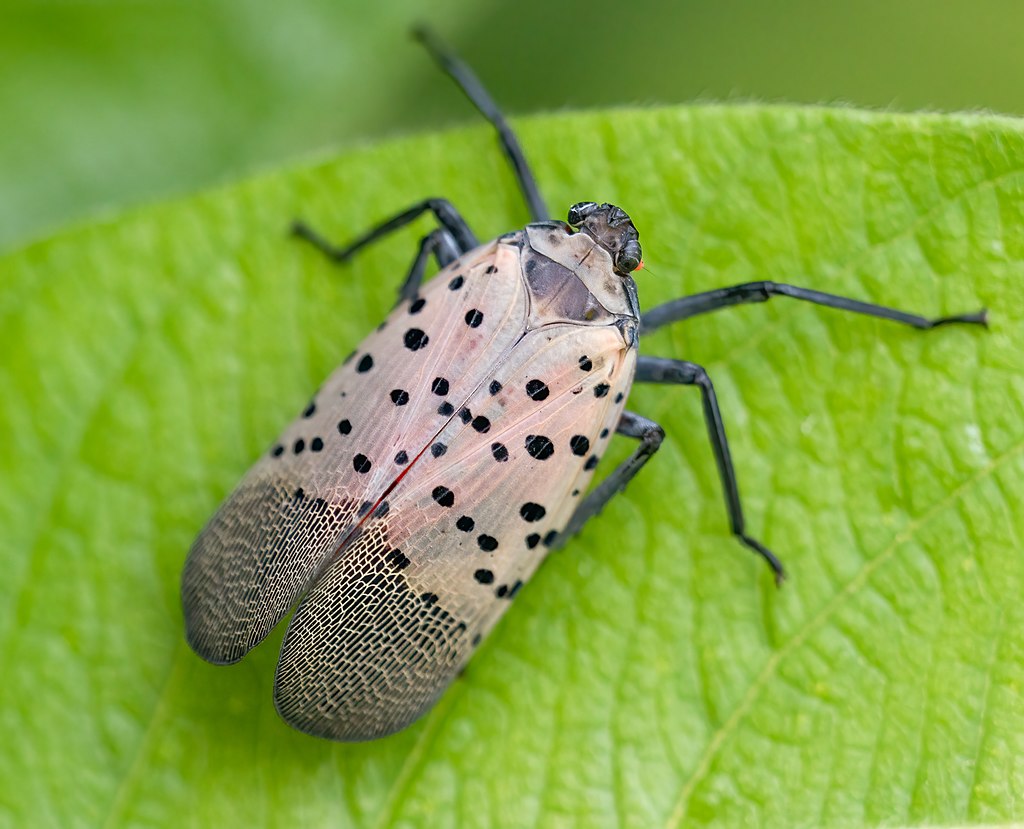Imagine stepping outside your home on a crisp autumn morning, only to find hundreds of beautifully spotted insects covering every surface in sight. At first glance, you might think you’ve stumbled into some sort of natural wonderland. But this mesmerizing display isn’t a blessing from nature – it’s actually one of the most destructive invasive species currently ravaging North America. The spotted lanternfly, with its stunning red underwings and polka-dotted appearance, has fooled many people into thinking it’s harmless, even attractive. Nothing could be further from the truth.
The Deceptive Beauty of Nature’s Newest Villain
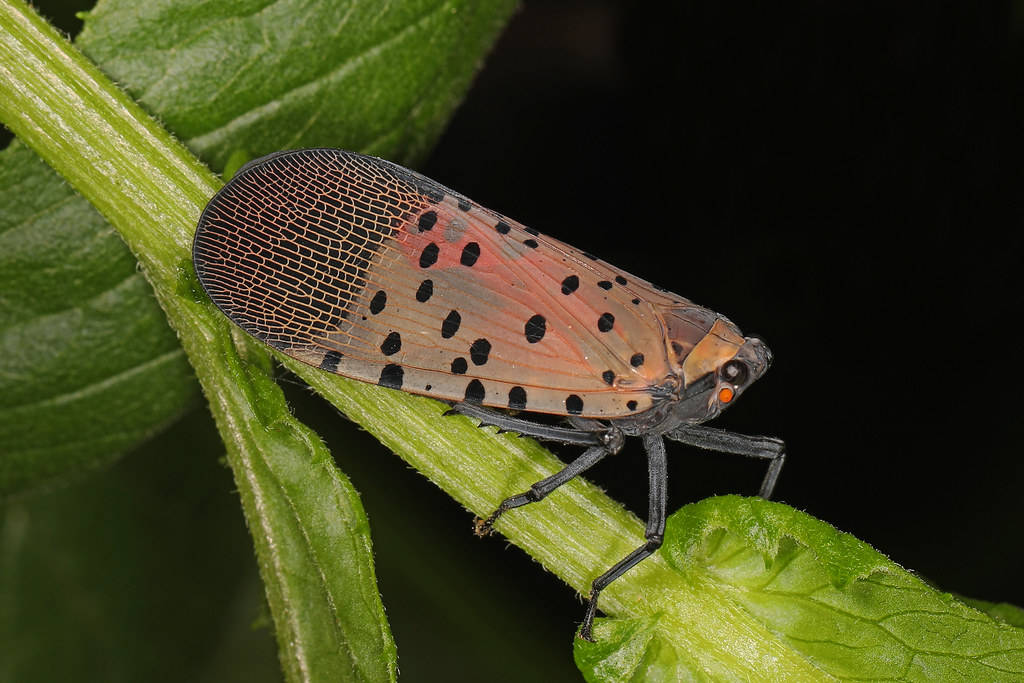
The spotted lanternfly looks like something straight out of a fairy tale. Its forewings display an intricate pattern of black spots against a grayish-brown background, while its hindwings reveal a shocking burst of red with black spots and a white band along the edges. When these insects take flight, they create a stunning visual spectacle that can leave observers breathless. But don’t let this natural artwork fool you. These insects are master manipulators, using their striking appearance to hide their true nature as agricultural destroyers. Their beauty serves as the perfect camouflage for what scientists now consider one of the most economically damaging invasive species in recent history.
From Asia to America: The Great Migration
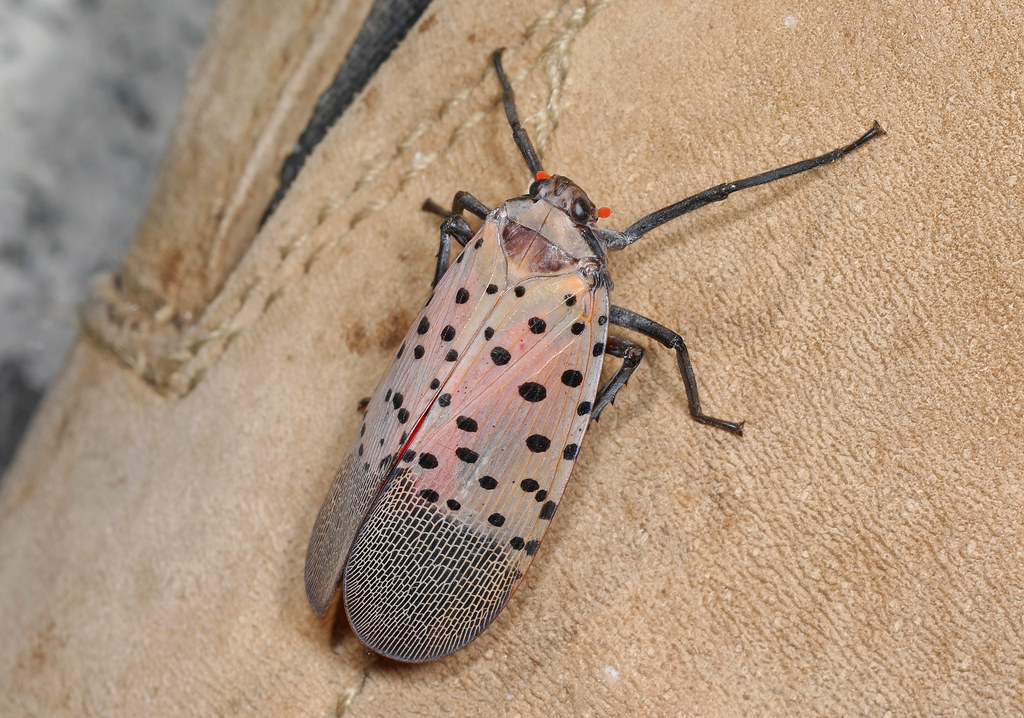
The spotted lanternfly’s journey began thousands of miles away in China, India, and Vietnam, where it lived relatively peacefully within its natural ecosystem. These insects first hitchhiked their way to America in 2014, likely arriving as egg masses on imported stone shipments from Asia. Pennsylvania became ground zero for what would become one of the fastest-spreading invasive species in modern American history. Within just a few years, these uninvited guests had established thriving populations across multiple states. Their rapid expansion caught scientists and agricultural officials completely off guard, as they had no natural predators in North America to keep their numbers in check.
The Science Behind the Invasion
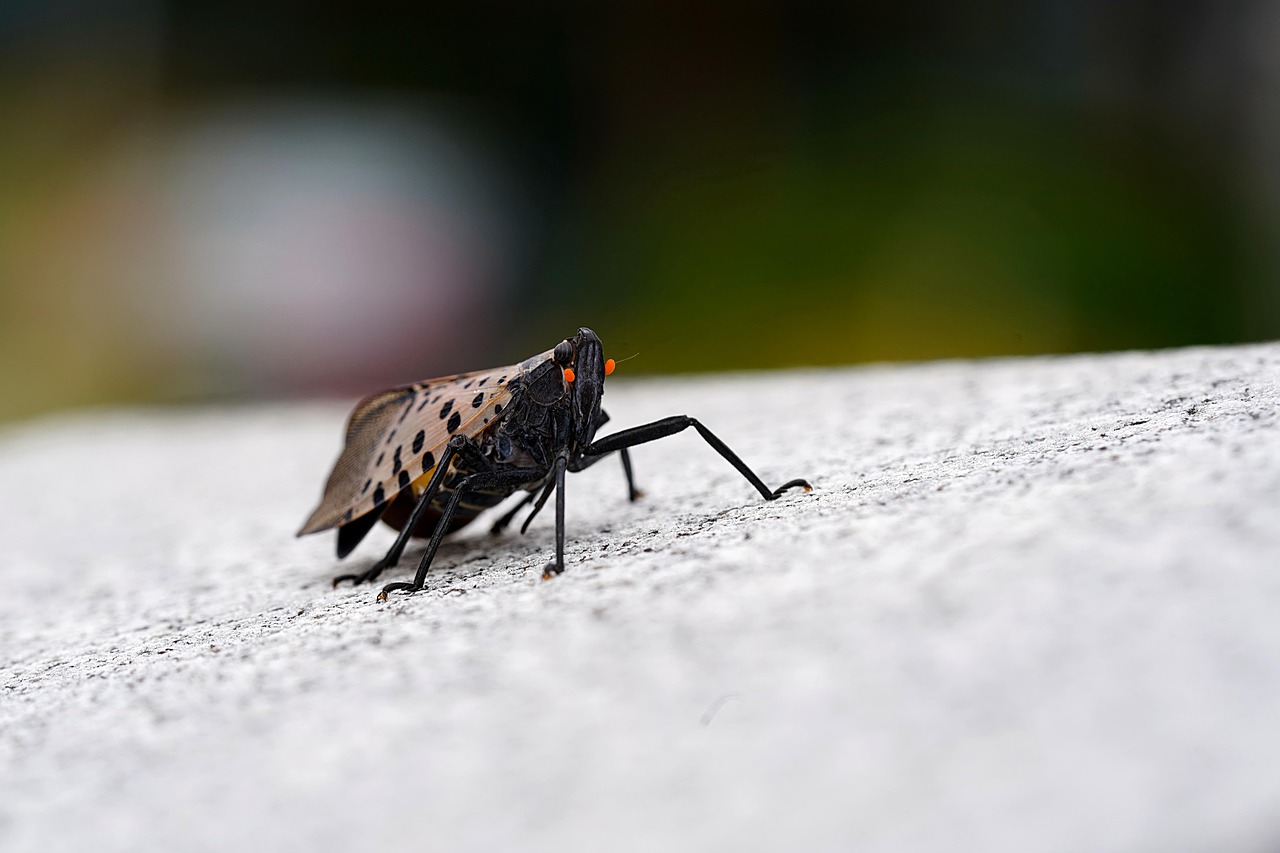
Scientifically known as Lycorma delicatula, the spotted lanternfly belongs to the planthopper family Fulgoridae. These insects undergo incomplete metamorphosis, meaning they develop through three distinct life stages: egg, nymph, and adult. Each stage presents unique challenges for identification and control efforts. Adult spotted lanternflies measure about one inch in length and possess powerful jumping abilities that can propel them up to several feet in a single leap. Their mouthparts are specifically designed for piercing plant tissues and extracting vital fluids, making them incredibly efficient at damaging their host plants.
A Voracious Appetite for Destruction
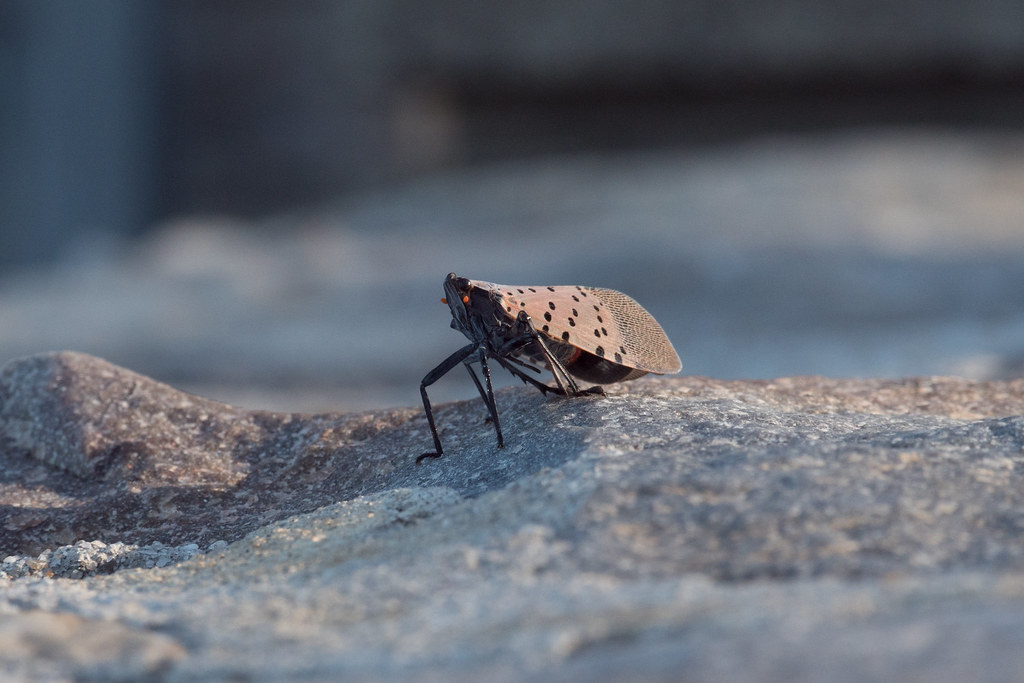
What makes the spotted lanternfly particularly dangerous is its incredibly broad diet. These insects feed on over 70 different plant species, including economically important crops like grapes, apples, hops, and hardwood trees. They show a particular preference for the tree of heaven, an invasive plant species that has become their primary host in North America. When feeding, spotted lanternflies insert their needle-like mouthparts into plant stems and leaves, extracting large quantities of sap. This feeding behavior weakens plants, making them more susceptible to diseases and other environmental stresses. A single tree can host hundreds or even thousands of these insects, leading to rapid decline and potential death.
The Sticky Situation: Honeydew and Secondary Damage

The damage doesn’t stop with direct feeding. Spotted lanternflies produce copious amounts of honeydew, a sticky, sugary substance that they excrete after processing plant sap. This honeydew creates a perfect breeding ground for sooty mold, a black fungus that covers leaves and stems, further compromising plant health. The honeydew also attracts other insects, including wasps, bees, and flies, creating additional ecological disruptions. Property owners often find themselves dealing with sticky surfaces on cars, outdoor furniture, and sidewalks, making the invasion a personal nuisance as well as an environmental crisis.
Economic Impact: Billions in Agricultural Losses
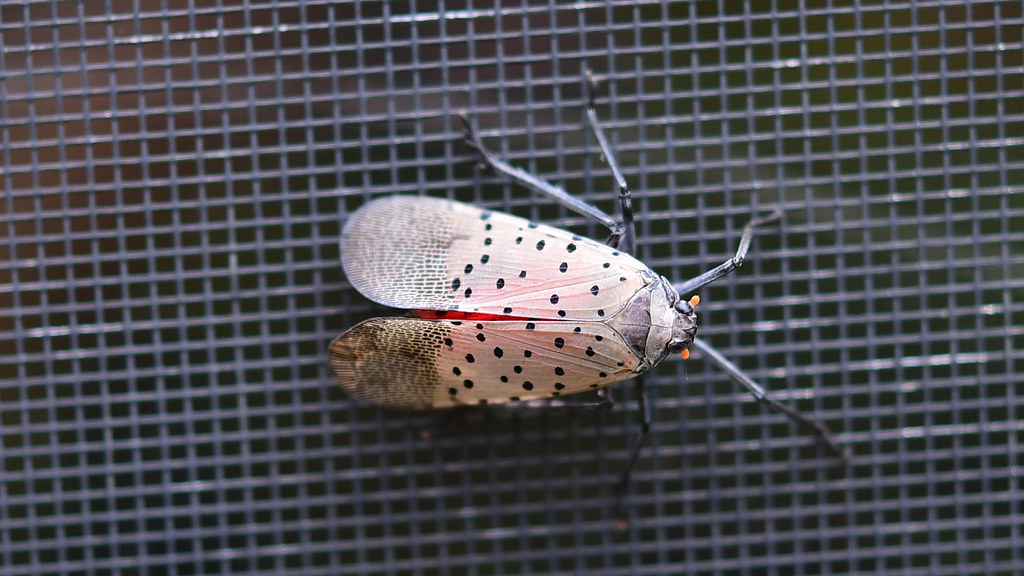
The economic toll of the spotted lanternfly invasion has been staggering. Pennsylvania alone has estimated potential losses of $324 million annually in agricultural revenue, with grape and apple industries bearing the heaviest burden. Wine producers have reported significant crop losses, with some vineyards experiencing complete devastation in heavily infested areas. Beyond direct crop damage, the invasion has triggered massive spending on control measures, research, and quarantine enforcement. The forestry industry has also suffered, as spotted lanternflies weaken trees and create conditions favorable to other pests and diseases.
The Lifecycle: Understanding the Enemy
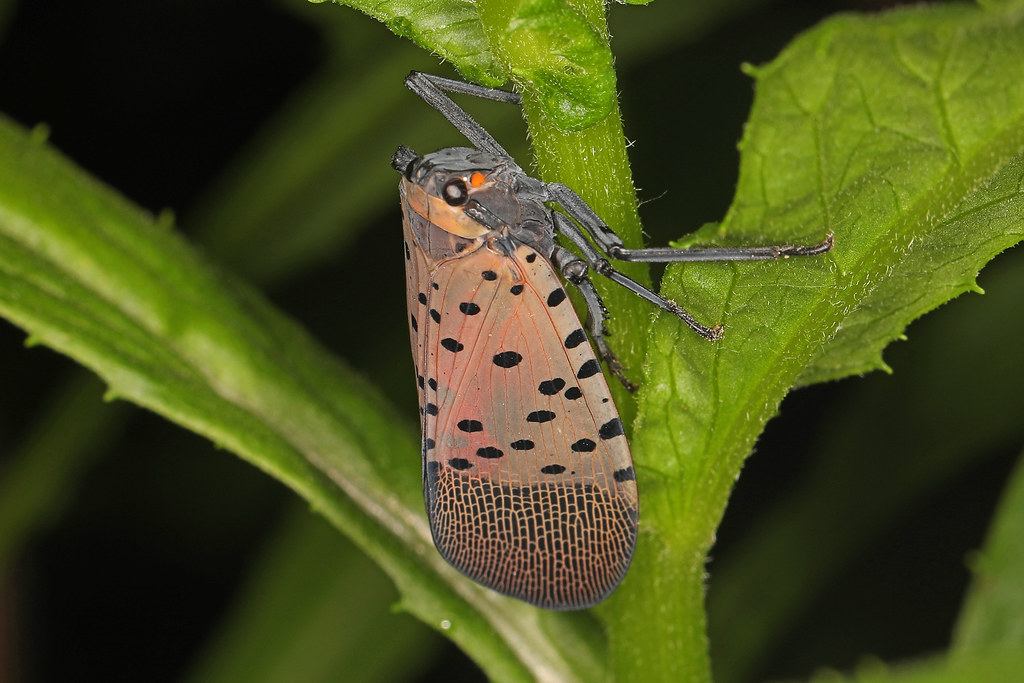
Spotted lanternflies begin their lifecycle as egg masses, typically laid on smooth surfaces like tree bark, rocks, or man-made objects. These egg masses appear as grayish-brown patches covered with a waxy coating that helps protect the developing eggs through winter months. Each mass contains 30-50 eggs, allowing populations to explode rapidly under favorable conditions. Nymphs emerge in late spring and early summer, appearing as small, black insects with white spots. As they mature, they develop red patches and eventually transform into the winged adults we recognize. This complex lifecycle makes control efforts particularly challenging, as different strategies are needed for each developmental stage.
Geographic Spread: The Unstoppable March
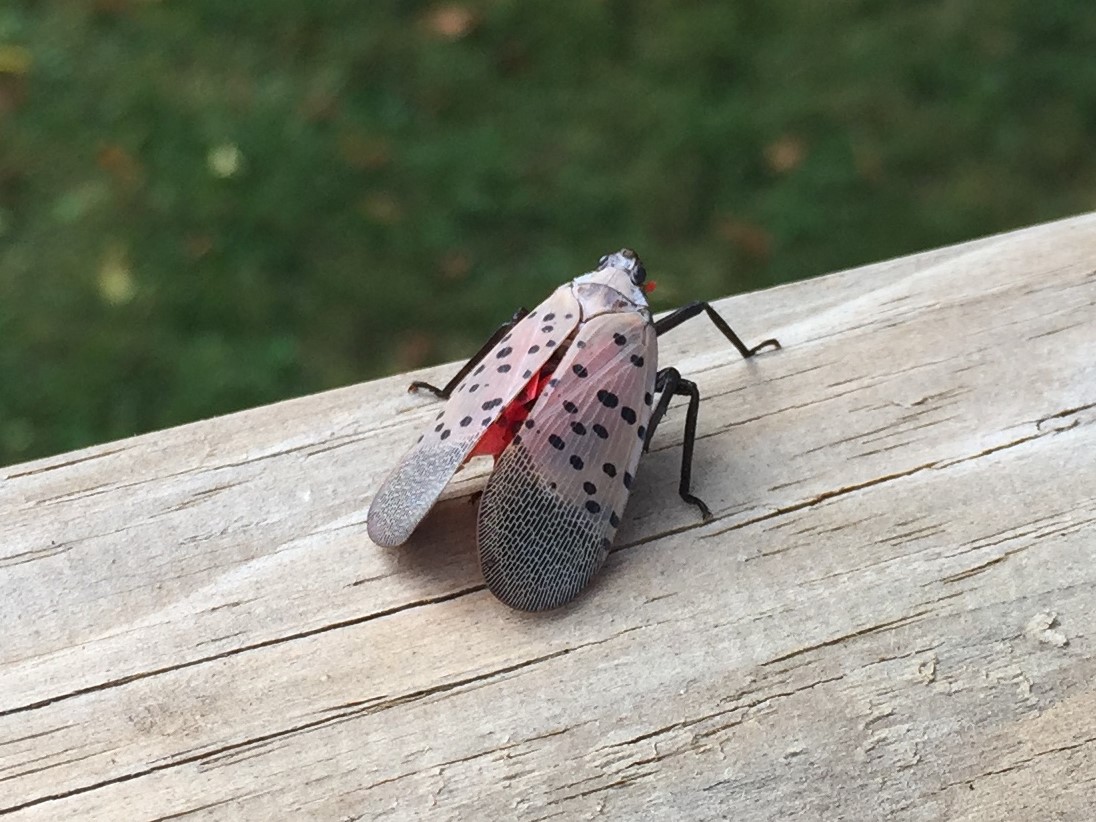
From its initial foothold in Pennsylvania, the spotted lanternfly has spread to neighboring states with alarming speed. New Jersey, Delaware, Maryland, Virginia, West Virginia, New York, and Connecticut have all reported established populations. Isolated populations have also been discovered in Ohio, Indiana, and North Carolina, suggesting the invasion is far from contained. The insects’ ability to hitchhike on vehicles, cargo, and outdoor equipment has accelerated their spread beyond natural dispersal patterns. Human activity has essentially turned every interstate highway into a potential corridor for invasion, making containment efforts incredibly difficult.
Current Control Strategies: Fighting Back
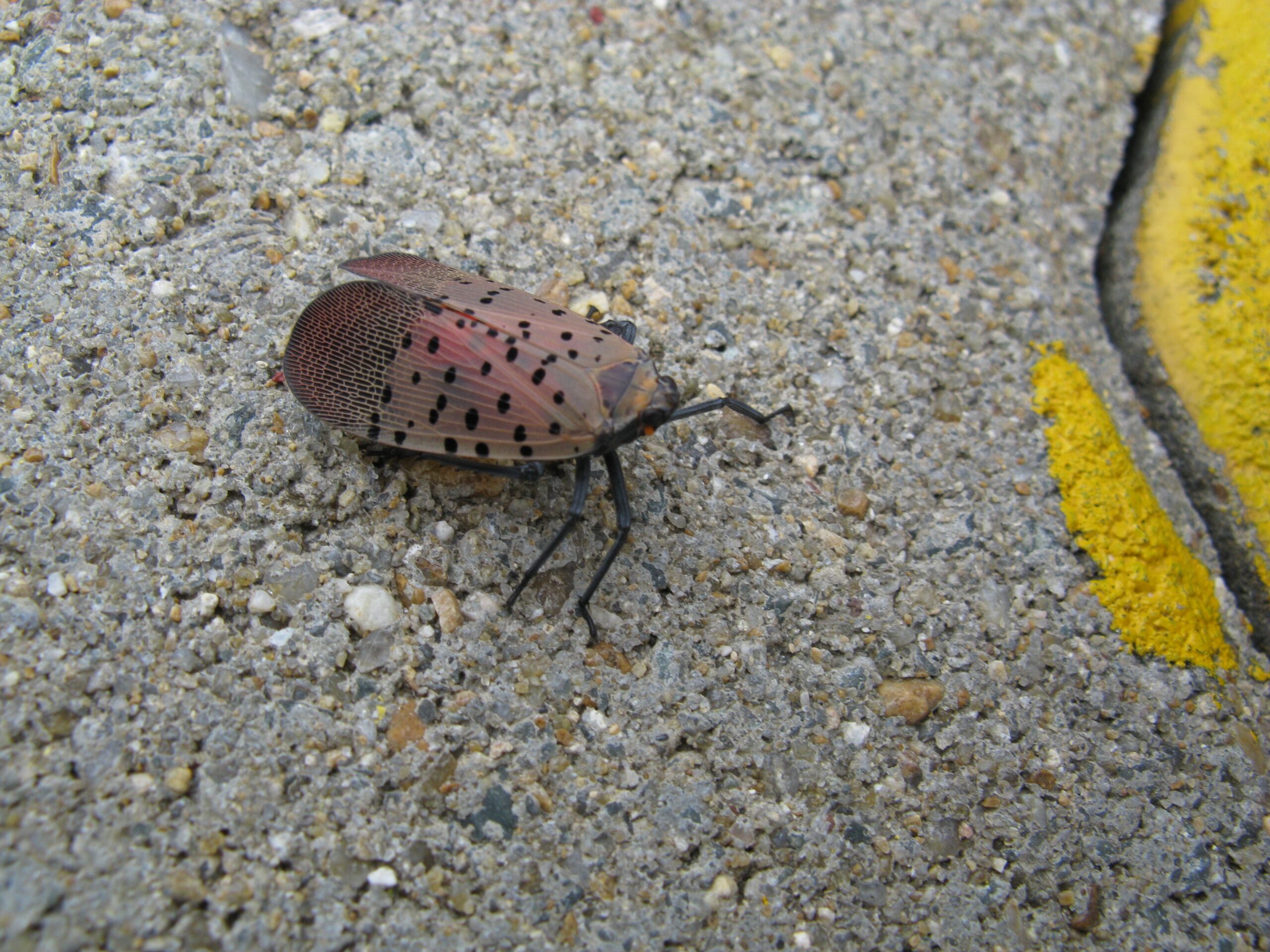
Scientists and agricultural officials have developed multiple approaches to combat the spotted lanternfly invasion. Chemical control methods include targeted insecticide applications, though these must be carefully managed to avoid harming beneficial insects and pollinators. Biological control research is ongoing, with scientists exploring potential predators and parasites from the insect’s native range. Mechanical control involves physically removing egg masses and destroying adult insects, though this approach is labor-intensive and only effective on a small scale. Quarantine measures have been implemented to prevent human-assisted spread, requiring permits for moving certain materials out of infested areas.
The Role of Citizen Science

Public participation has become crucial in monitoring and controlling spotted lanternfly populations. Citizen scientists help track the invasion’s spread by reporting sightings and participating in egg mass destruction programs. Educational campaigns have taught residents how to identify different life stages and properly dispose of egg masses. Social media has played an unexpected role in the fight against these invasive insects. Photos and videos of spotted lanternfly encounters have raised awareness and helped scientists map new infestations more quickly than traditional survey methods alone.
Environmental Consequences Beyond Agriculture
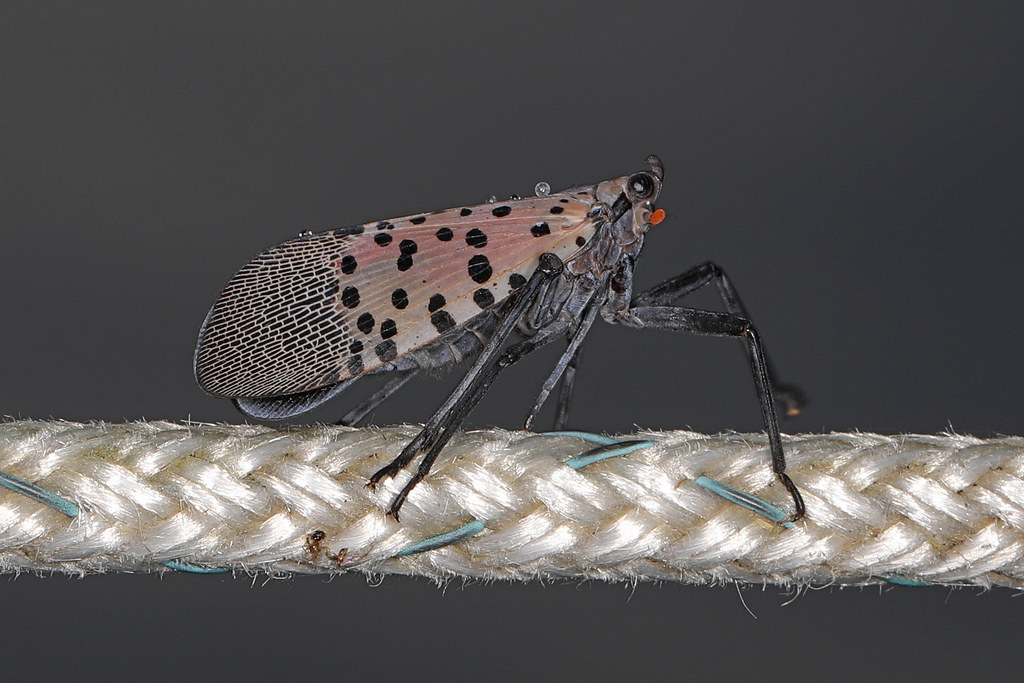
The spotted lanternfly’s impact extends far beyond agricultural systems. Forest ecosystems face significant threats as these insects attack native hardwood trees, potentially altering forest composition and wildlife habitat. The invasion has disrupted food webs, as native insects and birds must compete with or adapt to the presence of these newcomers. Urban environments have also felt the impact, with city trees showing signs of stress and decline in heavily infested areas. Parks and recreational areas have become less enjoyable for visitors due to the sticky honeydew and swarming insects, affecting quality of life and potentially impacting tourism revenue.
International Implications and Global Concerns
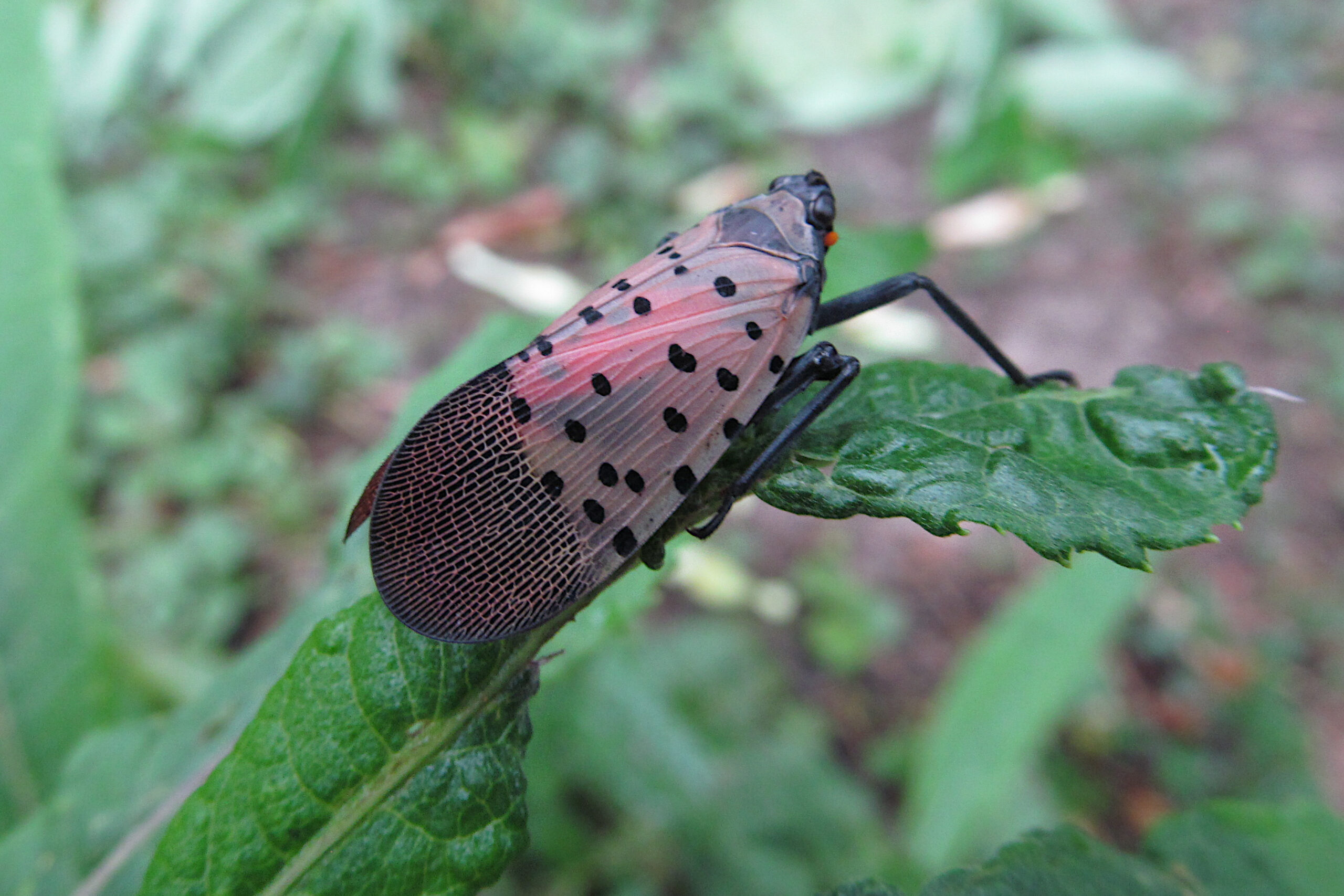
The spotted lanternfly invasion has caught the attention of agricultural officials worldwide, as the insect’s success in North America demonstrates its potential to establish populations in other temperate regions. Countries with similar climates and agricultural systems are taking preventive measures to avoid similar invasions. International trade protocols have been modified to reduce the risk of accidental introduction, with increased inspection requirements for shipments from affected areas. The invasion has also highlighted the need for better early detection systems and rapid response capabilities for invasive species management.
Future Outlook: Hope and Challenges Ahead
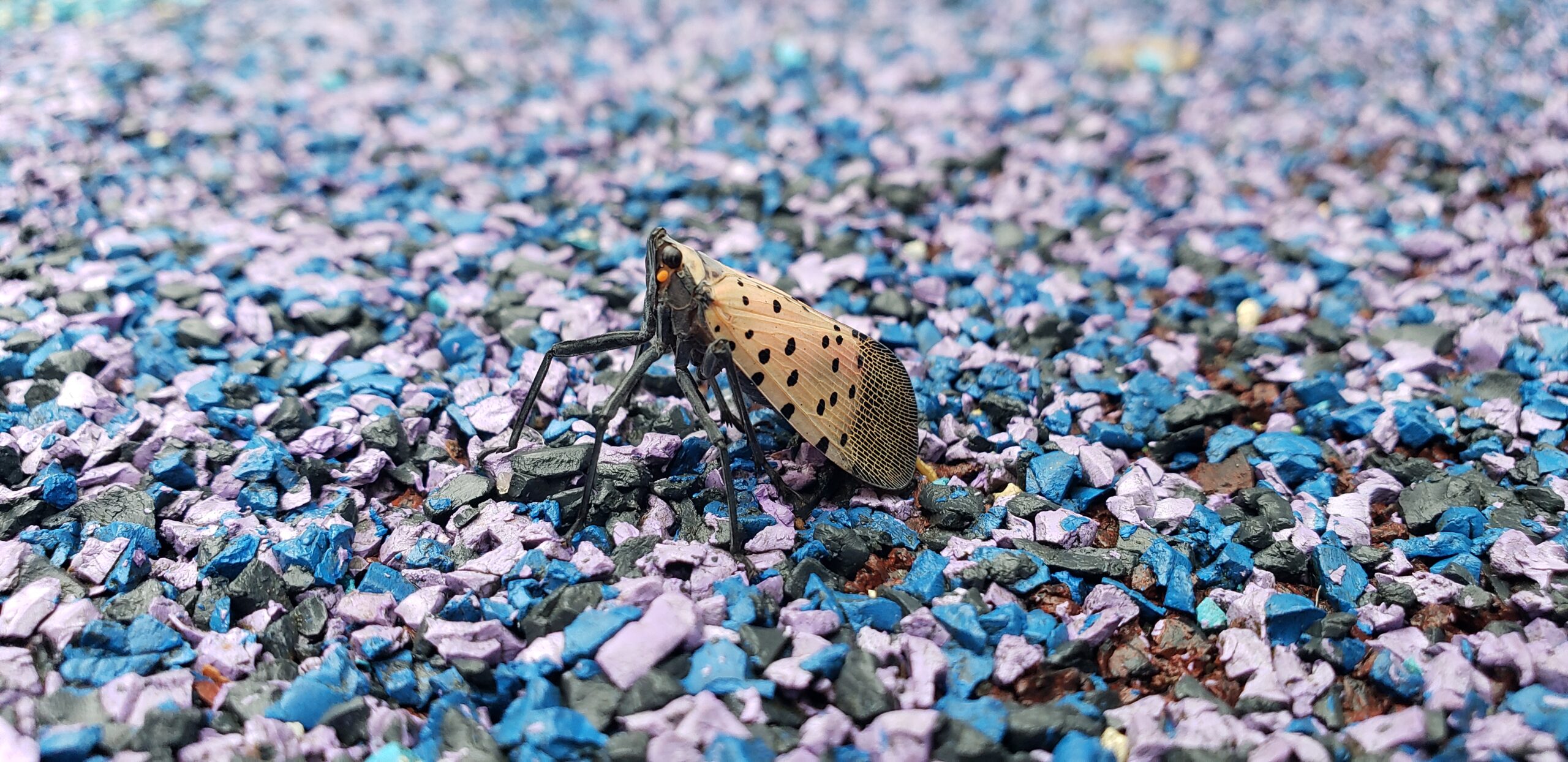
While the spotted lanternfly invasion continues to spread, researchers remain cautiously optimistic about developing effective long-term control strategies. Biological control agents show promise in laboratory and field trials, though their release requires extensive testing to ensure they won’t harm non-target species. Climate change adds another layer of complexity to the invasion, as shifting weather patterns may expand or contract suitable habitat for these insects. Scientists are working to model potential future distributions and develop adaptive management strategies that can respond to changing conditions.
Conclusion
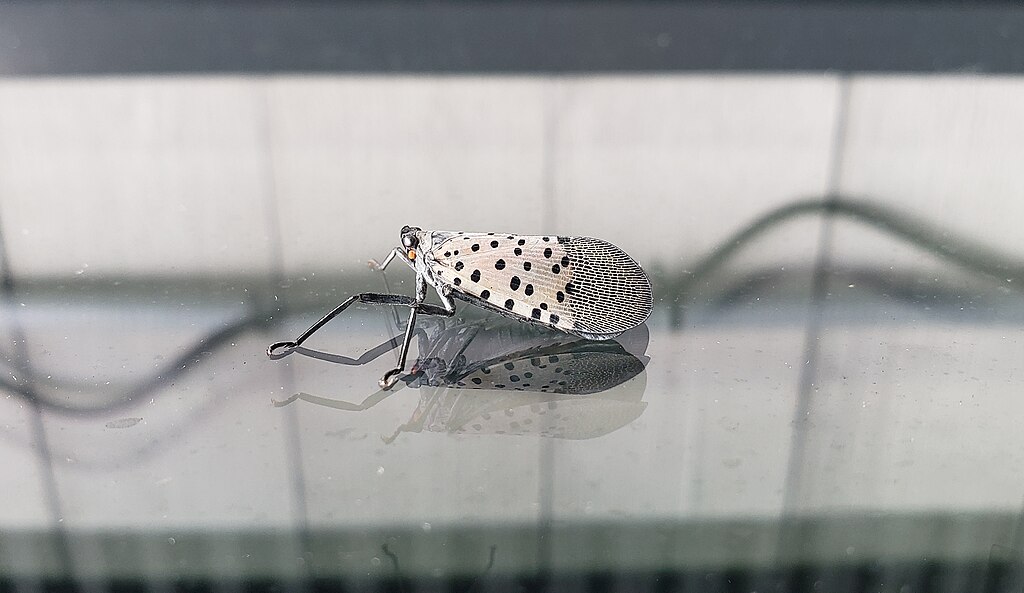
The spotted lanternfly invasion serves as a stark reminder of how quickly invasive species can establish and spread in our interconnected world. This beautiful but destructive insect has already caused billions in economic damage and fundamentally altered ecosystems across multiple states. While control efforts continue to evolve and improve, the invasion highlights the critical importance of early detection and rapid response systems for preventing future biological invasions. What lessons will we learn from this colorful catastrophe, and how will they shape our approach to protecting native ecosystems from the next unwanted arrival?

